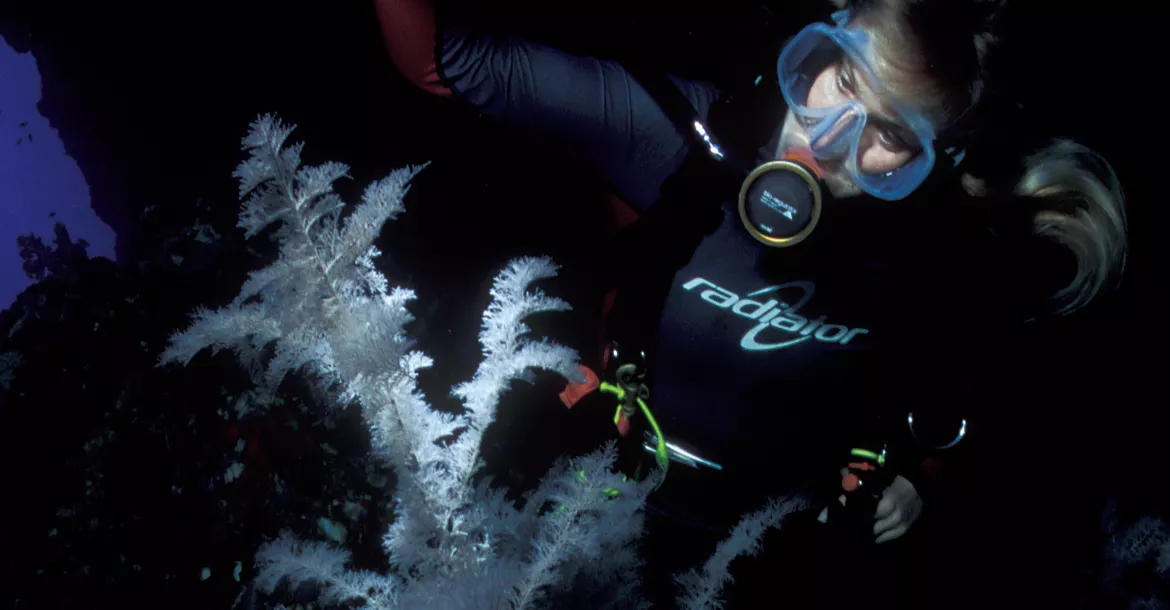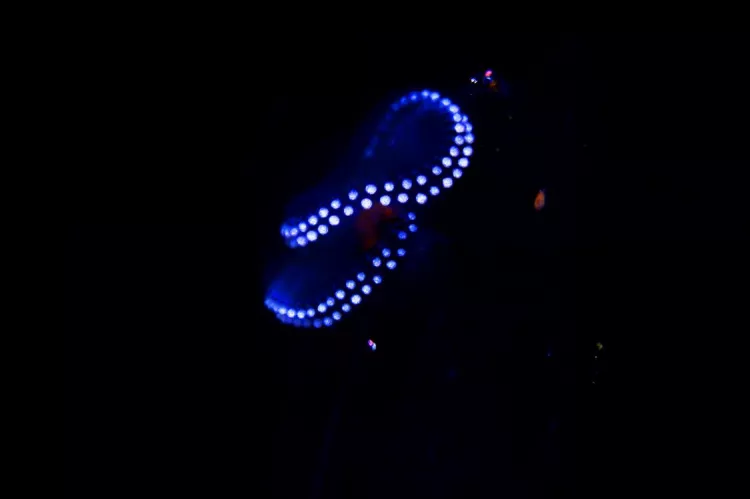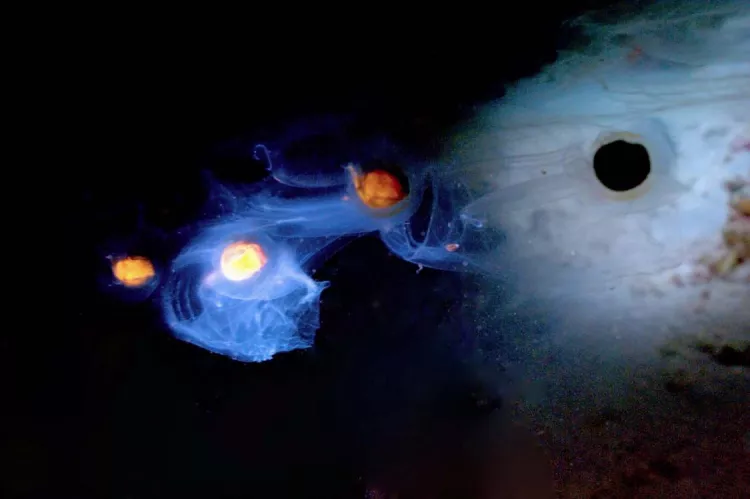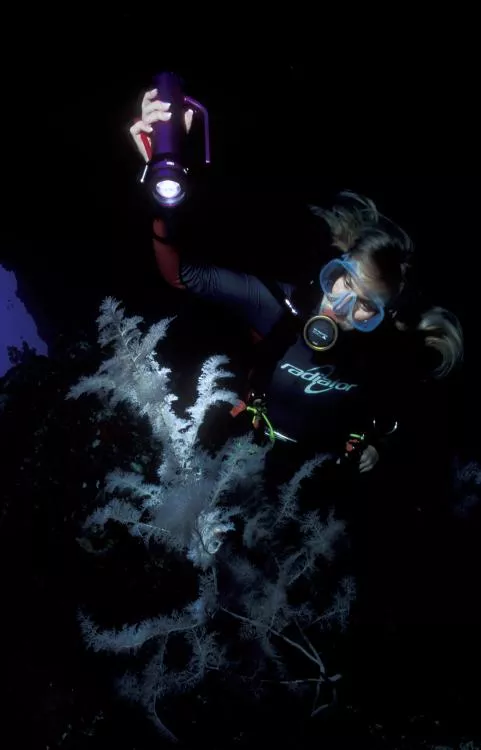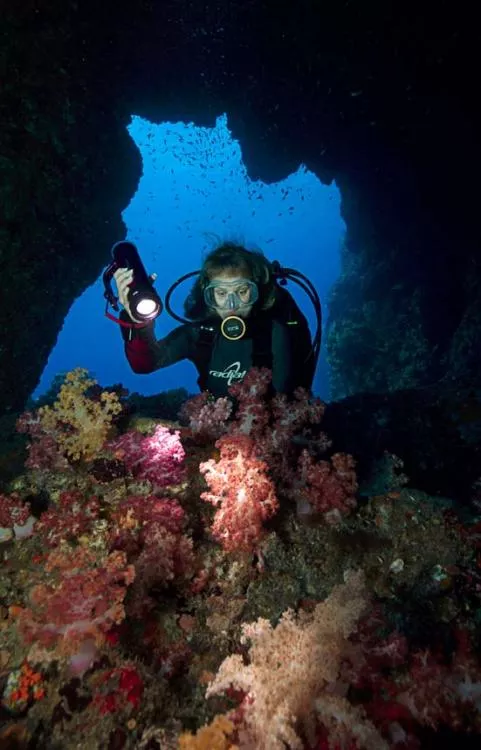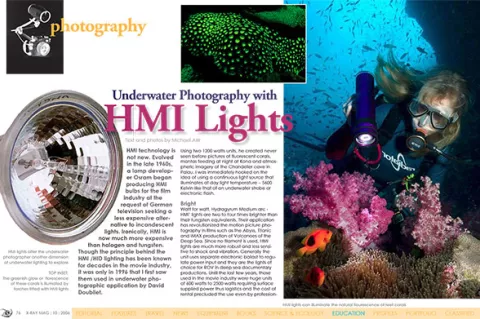HMI technology is not new. Evolved in the late 1960s, a lamp developer Osram began producing HMI bulbs for the film industry
Contributed by
I was immediately hooked on the idea of using a continuous light source that illuminates at day light temperature – 5600 Kelvin like that of an underwater strobe or electronic flash.
Bright
Watt for watt, Hydragyrum Medium arc - HMI’ lights are two to four times brighter than their tungsten equivalents. Their application has revolutionized the motion picture photography in films such as the Abyss, Titanic and IMAX production of Volcanoes of the Deep Sea. Since no filament is used, HMI lights are much more robust and less sensitive to shock and vibration. Generally the unit uses separate electronic ballast to regulate power input and they are the lights of choice for ROV in deep sea documentary productions. Until the last few years, those used in the movie industry were huge units of 600 watts to 2500 watts requiring surface supplied power thus logistics and the cost of rental precluded the use even by professional underwater photographers. However with the demand of underwater video makers, a few innovative German manufacturers have started to produce units in the range of 24w to 100w.
Somewhat costly
Albeit the extraordinary illumination quality, the principal draw back of HMI application is its cost. Whereas a 50w halogen light costs less than USD300, the 24 watt equivalent HMI costs in excess of USD 1500. So with prices like these, why bother with HMI? During the last few years, I have experimented with the big ‘guy’s 1200w rented from PANAVISION for the 24-hour shoot in the Maldives, 50w units by Treble-Light and most recently the 24w Solaris Pro from Keldan. Each of them serves the application, achieving the impressive results.
Advantages of HMI
The main advantage for digital photography is apparent. With SLR camera capable of firing 6 to 9 frames per second, there are no underwater strobes capable of recycling to keep up with the camera firing speed. Keeping unnecessary light out between the object and the camera reduces the illumination of undesired back scatter. In this department, a HMI light source is more forgiving than an electronic flash. I also find that light from HMI’s seems to have the ability to “wrap around” the subject, seemingly able to enhance depth and soften shadow. Powerful units like the 1200w to 2400w units provide greater true-color rendition over a wide area, making them an ideal illumination source for filming wrecks and wide seascapes. These pages show some examples of my work with HMI lights. See also: www.michaelaw.com ■
Published in
- Log in to post comments

